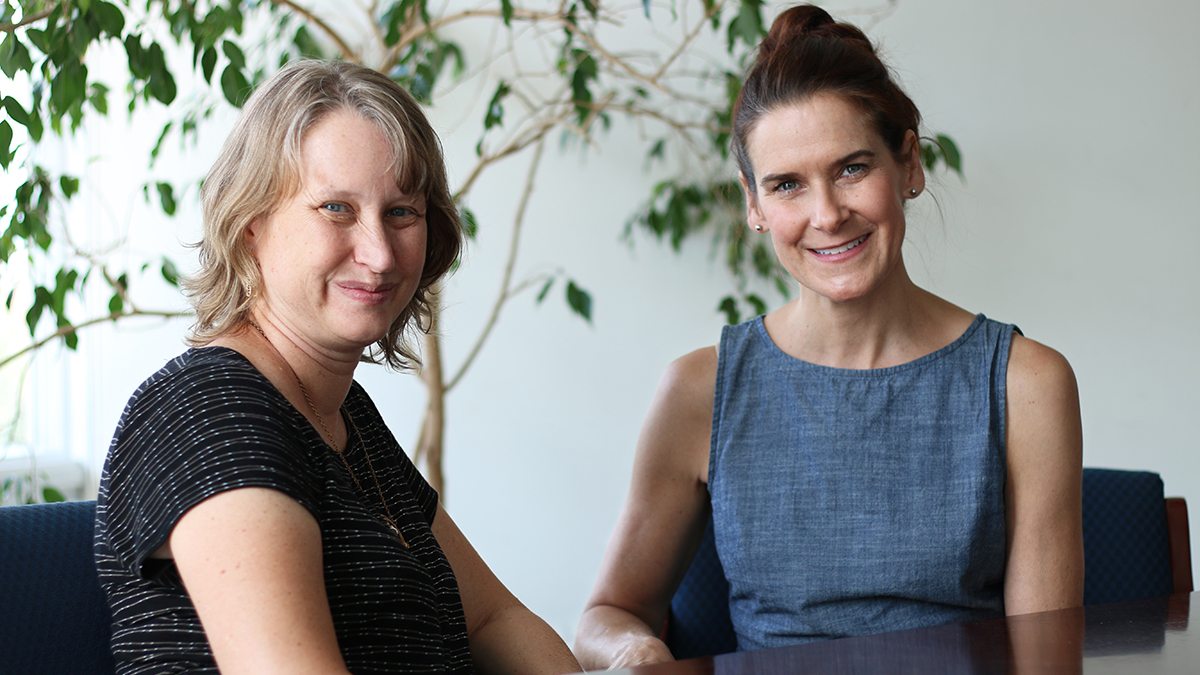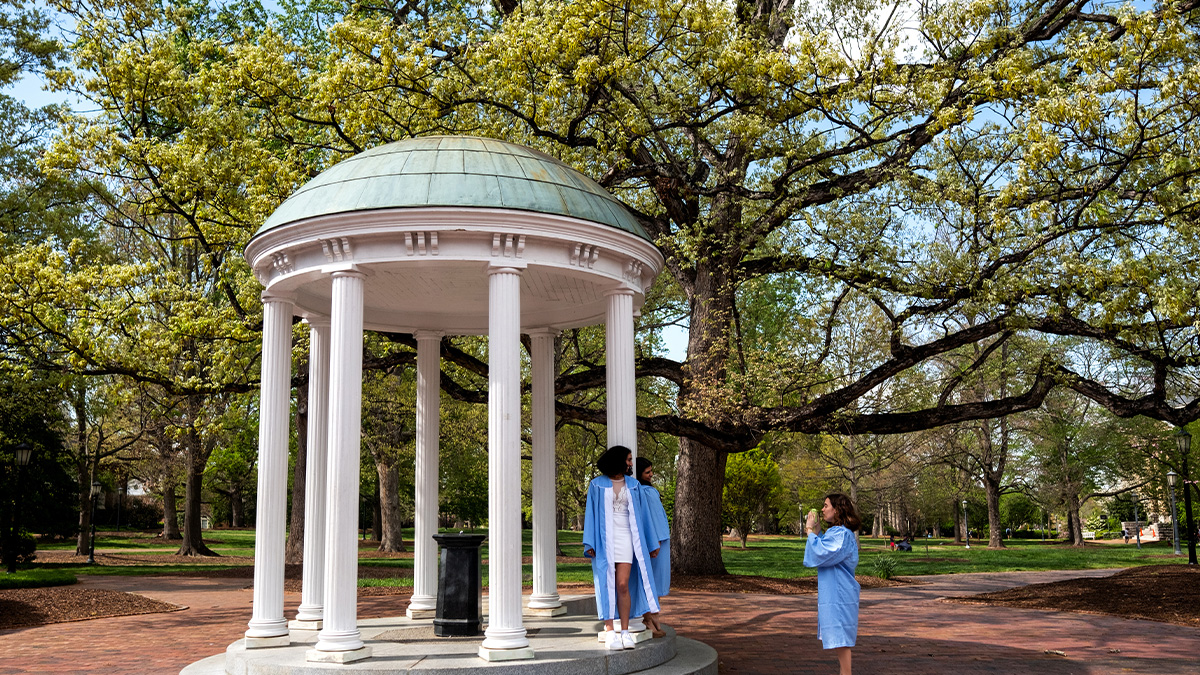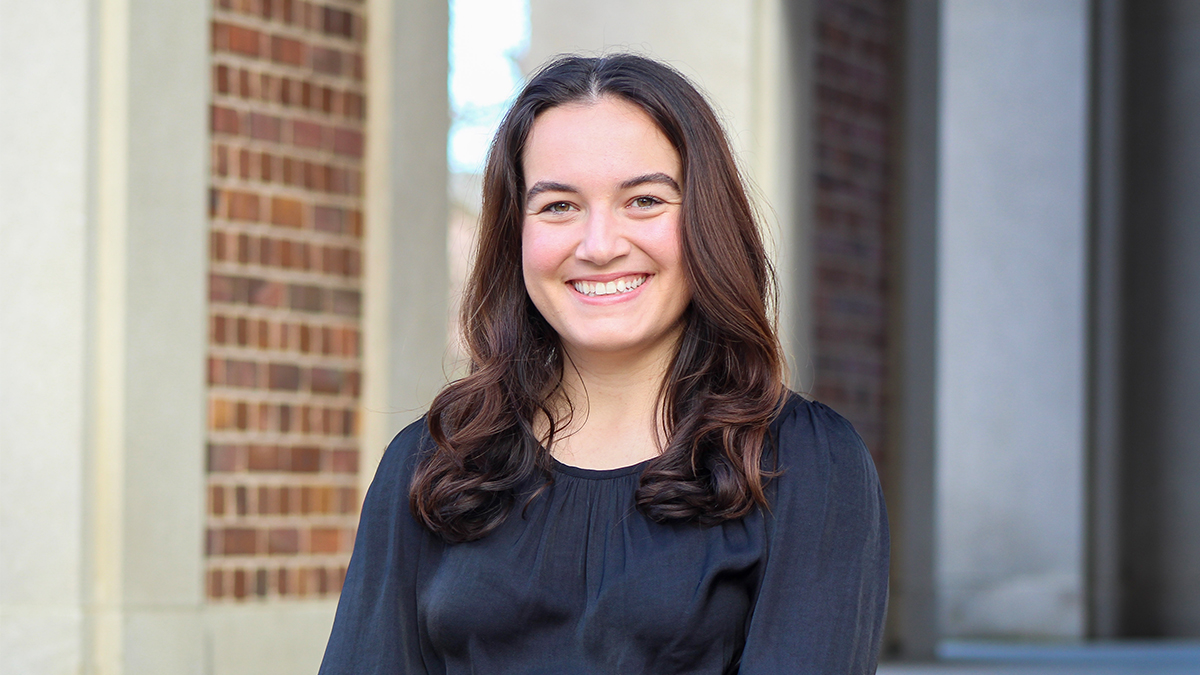The modern family
Research on family dynamics has been slow to move away from the ideas established 50 years ago. But a team of researchers from the UNC Center for Developmental Science is bringing the topic into the 21st century.

If pop culture is any indicator, today’s family has strayed far from the days of “Leave it to Beaver.” Ward and June Cleaver, the idyllic suburban parents of the mid-20th century, have been replaced by characters like “Modern Family’s” Jay Pritchett, a patriarch remarried to a woman closer in age to his own grown children than himself. Where the Cleavers and their two sons represent the small, nuclear family of the ’50s and ’60s, the Pritchetts portray the complexity of present-day family dynamics. While Pritchett’s character, in particular, values tradition, his Colombian trophy wife and children carry the show into the 21st century. Just take Pritchett’s son Mitchell, who’s raising his adopted, Vietnamese daughter with his partner, Cam.
In 2015, the Pew Research Center reported that only 46 percent of American families included two parents still in their first marriage— that’s 27 percent lower than the families of 1960. The remaining 54 percent includes single parents, cohabitating parents, stepparents, and grandparents. And that’s not the only shift. Households are increasingly multicultural. While white families still make up the majority at 56 percent, Asian and Latin American families are gradually catching up; and interracial marriages have doubled since 1980.
Andrea Hussong and Deborah Jones, both psychology and neuroscience professors, want to know how families will continue to evolve as the world diversifies — specifically, how parents can help their teenage kids navigate these changes.
“The parenting theories from 50 years ago focus primarily on white, middle-class families,” Jones points out.
“Parts of them still work, parts of them may not, parts of them we’re not sure about,” Hussong adds. “We have a lot of questions. For example, there’s new science on the neurobiology of adolescence and, as we understand that better, does that change how we parent? How about social media? The jury is still out whether parenting is different online versus offline.”
In 2016, they formed a working group of researchers through The Center for Developmental Science to help redefine what it means to parent in today’s world. Led by Jones and Hussong, and funded by the Society for Research on Adolescence, the team included faculty and students from Carolina, UNC-Greensboro, Duke University, Vanderbilt University, and Arizona State University.
For months, they spent hours sitting around a table in a large conference room in Hyde Hall called the “incubator room,” discussing the existing parenting theories and identifying new themes. “We liked the name because it captured the spirit of what we wanted to do,” Hussong shares. “We weren’t after the quick answer, the soundbite, or the single finding. We were after the deep ideas that underlie and shape a field. For that, deeper reflection and incubation are a must.”
“And then we divided and conquered,” Jones says.
“Everyone had homework,” Hussong adds. “I think people really rose to the challenge.” The result was nine academic papers spanning the fields of psychology, anthropology, sociology, social work, and public policy — all of which were featured in a special issue of the Journal of Research on Adolescence in August.
A different kind of maturity
The papers covered a variety of topics from the effect of parental warmth and control on children, to an analysis of parent-adolescent socialization in low-income white families, to understanding how parenting affects sexual and gender identities. After reviewing all the papers in their entirety, the researchers developed three suggestions for socializing teens about diversity.
The first task parents should consider undertaking is helping their children figure out where they fit in within this multicultural world. This may include helping youth develop a positive racial/ethnic/cultural identity, instilling cultural pride, responding supportively to youth in defining their sexuality, and recognizing the rewards and connections offered by those living in varied family structures, explains Valerie Malholmes — Chief of the Pediatric Trauma & Clinical Illness Branch within the National Institute of Child Health and Human Development — in her commentary on the project.
Encouraging adolescents to increase the value they place on others and decrease their fears of difference will nurture their intercultural maturity, the researchers suggest. Parents can accomplish this, for example, by exposing their children to other social groups — something that may help teens navigate social changes associated with independence, connection, and social prestige.
To understand that the world sometimes rejects people based on difference, parents can teach their children about cultural pride, as well as coping mechanisms for stress. This can aid youth in facing bias and navigating issues of belonging, according to the research team.
“We want to push the conversation,” Hussong says. “All of these papers are tackling difficult topics — hot topics in the communities we’re living in now.”
To continue reading, visit the story on UNC Research’s Endeavors website.




